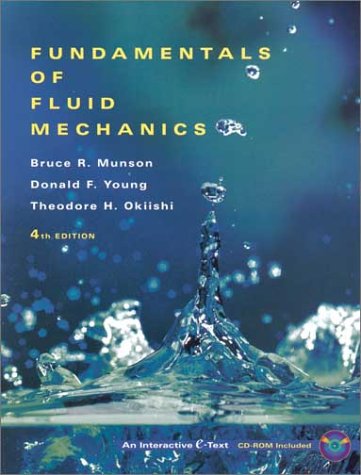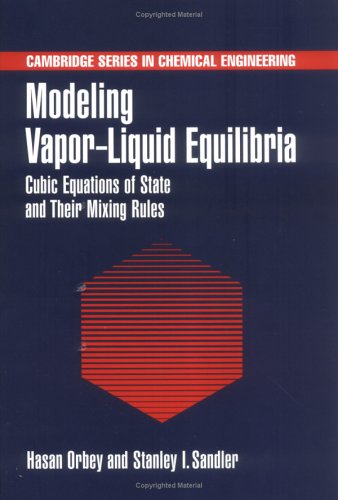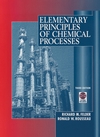Fundamentals of the Finite Element Method for Heat and Fluid Flow

Fundamentals of the Finite Element Method for Heat and Fluid Flow
By R. W. Lewis, Perumal Nithiarasu, Kankanhalli Seetharamu,
* Publisher: Wiley
* Number Of Pages: 356
* Publication Date: 2004-05-28
* Sales Rank: 2644688
* ISBN / ASIN: 0470847883
* EAN: 9780470847886
* Binding: Hardcover
* Manufacturer: Wiley
* Studio: Wiley
Book Description:
Heat transfer is the area of engineering science which describes the energy transport between material bodies due to a difference in temperature. The three different modes of heat transport are conduction, convection and radiation. In most problems, these three modes exist simultaneously. However, the significance of these modes depends on the problems studied and often, insignificant modes are neglected.
Very often books published on Computational Fluid Dynamics using the Finite Element Method give very little or no significance to thermal or heat transfer problems. From the research point of view, it is important to explain the handling of various types of heat transfer problems with different types of complex boundary conditions. Problems with slow fluid motion and heat transfer can be difficult problems to handle. Therefore, the complexity of combined fluid flow and heat transfer problems should not be underestimated and should be dealt with carefully.
This book:
- Is ideal for teaching senior undergraduates the fundamentals of how to use the Finite Element Method to solve heat transfer and fluid dynamics problems
- Explains how to solve various heat transfer problems with different types of boundary conditions
- Uses recent computational methods and codes to handle complex fluid motion and heat transfer problems
- Includes a large number of examples and exercises on heat transfer problems
In an era of parallel computing, computational efficiency and easy to handle codes play a major part. Bearing all these points in mind, the topics covered on combined flow and heat transfer in this book will be an asset for practising engineers and postgraduate students. Other topics of interest for the heat transfer community, such as heat exchangers and radiation heat transfer, are also included.










